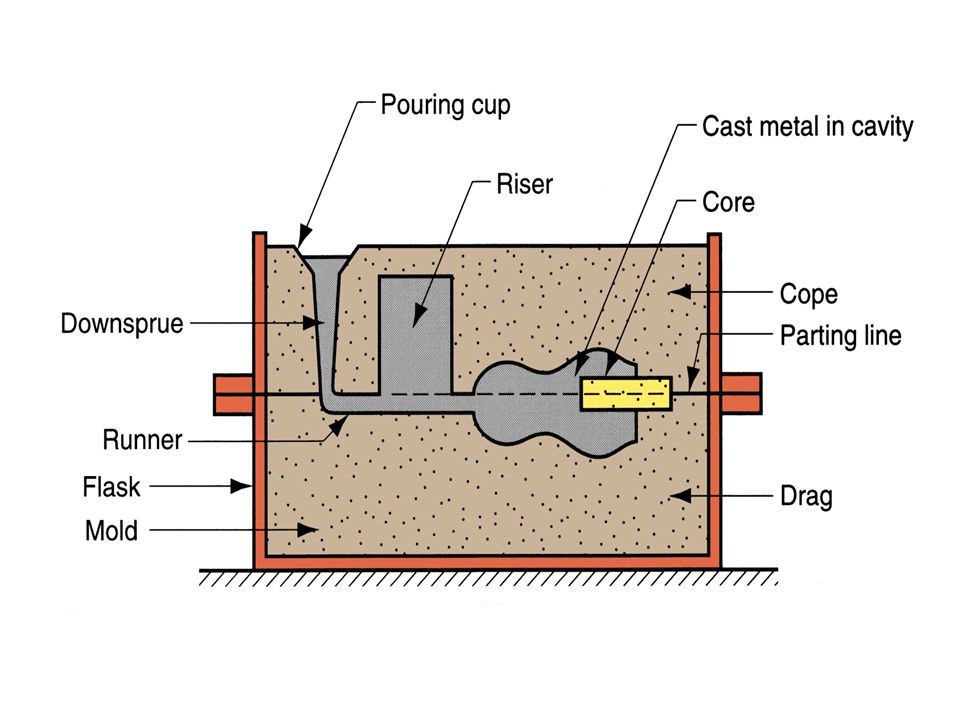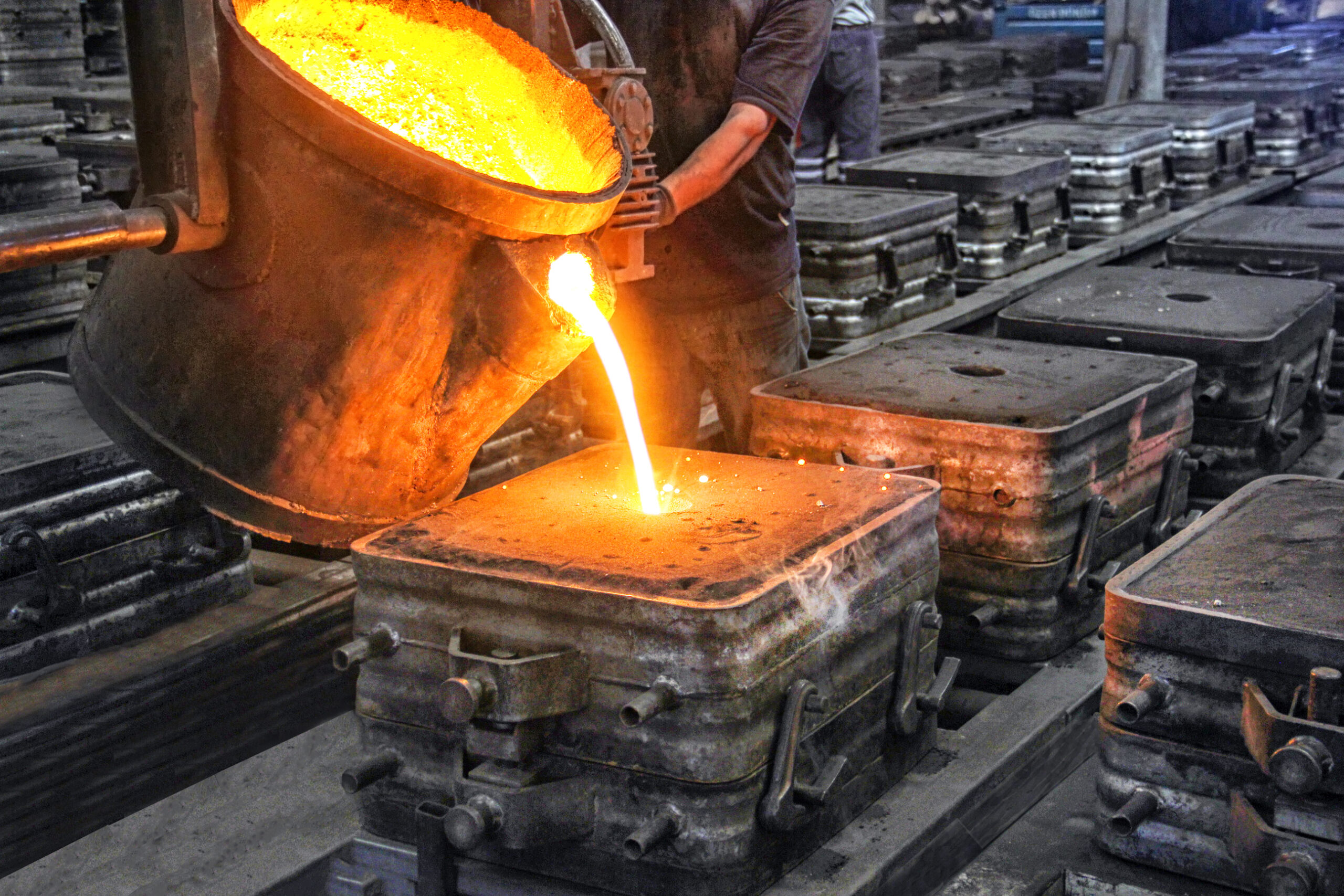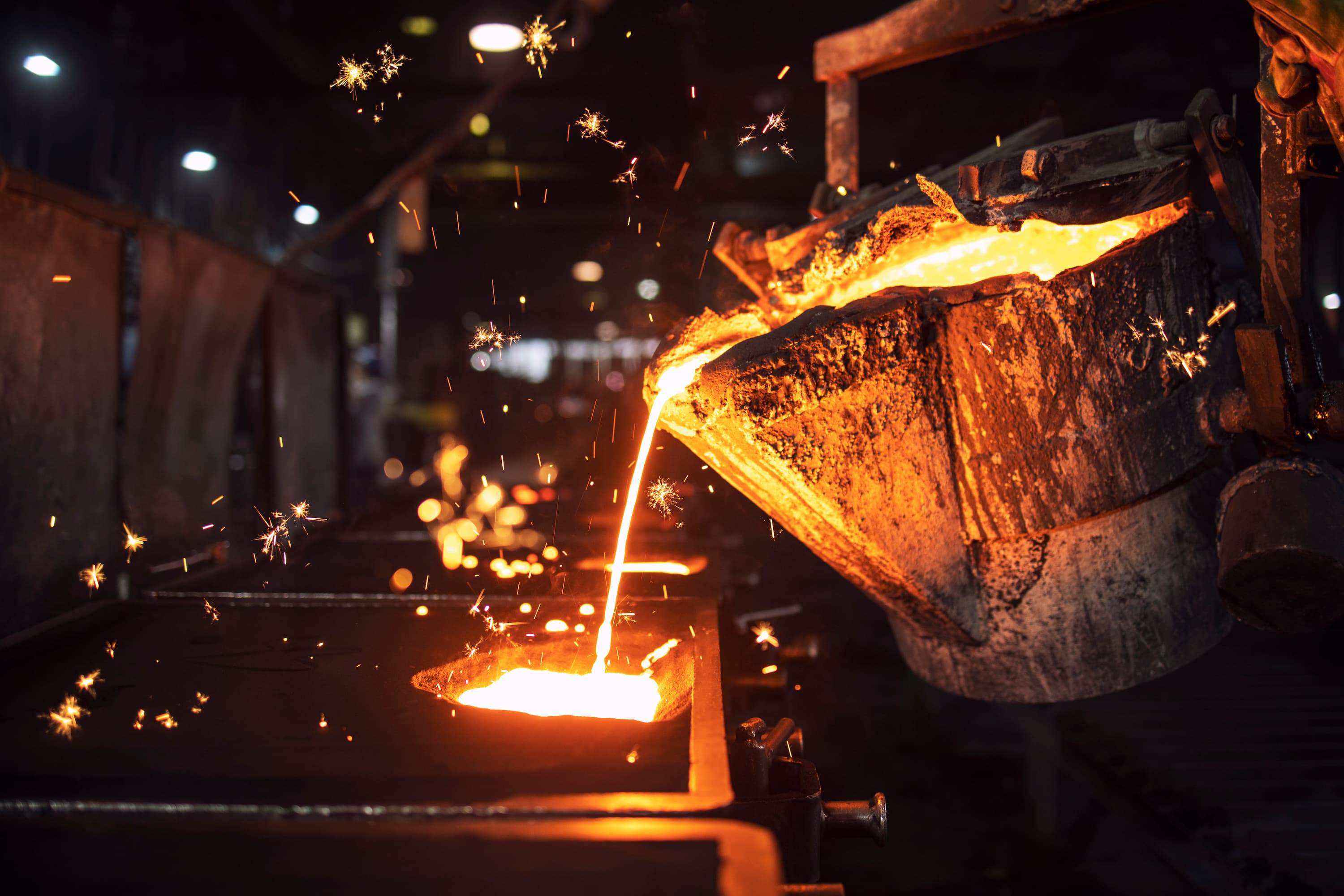Exploring the idea of casting a curvy full video stream involves looking at how digital information gets from one place to another, especially when we are talking about visuals that might have intricate shapes or complete visual experiences. This often brings up thoughts about how data changes form or how a picture appears on a different screen.
When you consider sending a complete video, perhaps one with a lot of detail or a particular flow, to another device, you are, in a way, performing a digital hand-off. This process is a bit like making sure all the parts of a story arrive together and in the right order, so the final picture or sound is just as it should be.
There are many tiny steps involved in making sure that kind of visual content, especially something that might be described as "curvy" in its data representation or "full" in its scope, gets where it needs to go without losing its shape or completeness. It's about making sure the digital journey is smooth and clear, you know?
Table of Contents
- Understanding the Core Idea of Casting a Curvy Full Video
- How Does Digital Information Change Its Form for Curvy Full Video?
- Sending Curvy Full Video- What's the Difference Between Direct Conversion and Using an Alias?
- When Do We Need to Adjust Data Types for Curvy Full Video Streams?
- Specialized Conversions for Curvy Full Video Data
- Why Might Casting Curvy Full Video to a Display Lack Sound?
- Managing Background Processes for Curvy Full Video Connections
- Troubleshooting Choppy Curvy Full Video Display
Understanding the Core Idea of Casting a Curvy Full Video
When we talk about "casting" in a technical sense, it's pretty much about changing one kind of digital information into another. Think of it like pouring liquid from one shaped container into another; the liquid is the same, but its form changes to fit the new container. This idea becomes really important when you're working with something like a curvy full video, where the visual data needs to be presented correctly on a different system. For example, a video stream, with its continuous flow and varied shapes, is made up of many tiny pieces of data. Getting those pieces to appear smoothly on a screen somewhere else often means they have to be converted from one type of digital signal to another. This is often done to make sure the receiving device can actually make sense of what it's getting. So, in a way, we are constantly transforming the digital material to fit its new home. This process is, you know, a pretty fundamental part of how our digital world works, especially for things that move and flow like video.
How Does Digital Information Change Its Form for Curvy Full Video?
When you're dealing with different kinds of information, like trying to turn a string of numbers into a specific date, there are a couple of ways to tell a computer what you want. One way, which is often clearer, is to use something like a 'convert' tool. This tool, you see, sometimes has extra settings that let you pick exactly how you want the change to happen. It's a bit like picking a specific paint color from a swatch book rather than just saying 'make it blue.' Using 'convert' instead of a simpler 'cast' can really help avoid mix-ups, especially when you're trying to handle a curvy full video stream, where every piece of data needs to be just right. For instance, if you simply tell the system to 'cast' a string of numbers and letters into a date, without any extra guidance, you might wonder what date it would actually become. This matters a lot when you are working with complex data that makes up a video, where precision keeps the picture from getting warped or losing its flow. The 'convert' approach offers more control, which is quite helpful, actually, for maintaining the integrity of a complete visual experience.
- Diego Klattenhoff Wife Picture
- Viridiana Alatriste
- Samantha Siqueiros Wikipedia
- Frank Grillo
- Chiz Escudero Ex Wife
Sending Curvy Full Video- What's the Difference Between Direct Conversion and Using an Alias?
When you're trying to move or use digital information, especially something as detailed as a curvy full video, you might encounter different ways to make that information usable in a new context. Sometimes, you simply tell the computer to treat one kind of data as another directly, like saying, "this string of text is actually a number." This is a bit like a direct conversion. However, there's another approach where you might use what's called an 'alias' or a different way of referencing the data. Instead of forcing the change, you suggest how it should be viewed. It's like having a nickname for someone; they are still the same person, but you call them something else. This can be really useful when you are trying to avoid problems that might pop up if the direct conversion isn't quite right. For example, if you have a complex video object, and you want to use it as a simpler type, sometimes just telling the system to 'see' it as that simpler type can be safer than trying to force it into that shape. This is particularly relevant for maintaining the smooth flow of a curvy full video, ensuring all its intricate parts stay intact during the transition. Basically, it's about picking the safest path for your data.
When Do We Need to Adjust Data Types for Curvy Full Video Streams?
Think about working with numbers in a computer program, like when you're dealing with measurements that might need to be very precise, or just whole numbers. You have different kinds of numbers: ones with decimal points, like a float or a double, and ones without, like an integer. When you're processing data for something like a curvy full video, you often need to change these number types. For example, if you're calculating the position of a pixel on a screen, you might start with very precise numbers, but then you need to turn them into whole numbers to fit the grid of the display. This adjustment, or 'casting' as it's often called, is about making sure the numbers fit the specific requirements of the next step in the process. It's really about maintaining the visual quality of the curvy full video. If you don't convert the numbers correctly, parts of your video might look choppy or distorted. So, knowing when and how to switch between these number types is a pretty important skill for anyone working with digital visuals, ensuring everything looks just right on screen. You need to be aware of how these changes affect the overall picture.
Specialized Conversions for Curvy Full Video Data
Beyond the basic number changes, there are more specialized ways to convert information, especially when dealing with complex data structures, such as those found in a curvy full video. Sometimes, you have a general pointer to a piece of information, like a sign pointing to a building, but you don't know what kind of building it is. To actually use the information inside, you need to tell the system what kind of building it is. This is where specialized conversions come in. For instance, a 'static cast' is often used when you are fairly certain about the type of data you are converting to. It's a bit like knowing a specific sign points to a house, so you just go in. This is often employed for things like taking a very general data reference and making it specific to a video frame or a sound bite. Then there's 'dynamic cast,' which is used when you need to be more careful, especially with more complex relationships between data types. This is more like checking the building's blueprint before you enter, just to be safe. It helps ensure that when you are handling a curvy full video, the data is interpreted correctly and safely, preventing any unexpected glitches or breaks in the flow. These specific methods are quite important for making sure the video plays smoothly and looks as intended.
Why Might Casting Curvy Full Video to a Display Lack Sound?
Imagine you're trying to send a curvy full video from your computer to your television wirelessly. You see the picture, but there's no sound. This is a pretty common issue, actually, and it often comes down to how the computer is sending the information. When you 'cast' your screen, your computer is essentially creating a copy of its display and sending that copy over the airwaves. Sometimes, the way it packages this visual information doesn't automatically include the audio signal. It's a bit like sending a postcard with a beautiful picture, but forgetting to write anything on the back. This can happen, for example, if you've recently updated your computer's operating system, like moving to a new version of Windows. The new system might have different ways of handling these wireless connections, or perhaps a setting got reset. The picture might be coming through just fine, showing all the smooth curves and details of your full video, but the audio part of the stream isn't being included in the digital package. It's a frustrating thing, to be sure, when you're trying to enjoy a complete viewing experience.
Managing Background Processes for Curvy Full Video Connections
You might have noticed that sometimes, even when you're not actively sending your curvy full video to another screen, there's a little program running in the background on your computer that seems related to 'casting.' This is often something called a 'casting protocol connection listener.' It's basically a little helper program that's always listening, waiting for a signal to connect your computer to another display. It's a bit like a doorman waiting for someone to arrive at a building. It runs all the time so that when you do decide to cast your screen, the connection can happen quickly. The question of why it's running, and whether you can stop it, is a pretty common one. Usually, it's there for convenience, making it easier to share your screen. If you stop it, your computer might not be able to connect to wireless displays as easily, or at all. So, while it might seem like an unnecessary background task, it usually plays a pretty important role in making those screen-sharing moments with your curvy full video happen smoothly. You might want to consider if the convenience outweighs the minor use of computer resources.
Troubleshooting Choppy Curvy Full Video Display
Have you ever tried to cast a curvy full video from your laptop to your television, and the picture just isn't smooth? It looks choppy, or maybe it gets all pixelated, especially when there's a lot of movement on the screen. This is a common problem, and it's a bit like trying to send too much information through a pipe that's too narrow. Your laptop, even if it's a pretty good one, might be struggling to process and send all that video data fast enough. When you're casting wirelessly, there are a few things that can cause this. Your home Wi-Fi network might be a little busy, with too many devices using it at once, or perhaps the signal isn't strong enough where your laptop and TV are. It's also possible that your laptop's internal components, like its graphics processor, are having a hard time keeping up with both displaying the video on its own screen and creating a separate stream to send to the TV. All those smooth curves and intricate details in your full video require a lot of processing power to transmit without a hitch. So, if your curvy full video looks a bit off, it's usually a sign that the digital pipeline is getting a bit overwhelmed. You might need to check your Wi-Fi, or perhaps adjust the resolution of the video you are trying to send.
This article explored the various technical aspects of "casting" as it relates to digital information, specifically how these concepts apply to transmitting a "curvy full video." We looked at the differences between direct data conversion and using aliases, and why precise data type adjustments are needed for smooth video streams. We also discussed specialized conversion methods for complex video data. Furthermore, the article addressed common issues like the absence of sound when casting video to a display and the role of background processes in enabling these connections. Finally, we covered troubleshooting steps for choppy or pixelated video displays during the casting process, offering insights into why such visual disruptions might occur with a curvy full video.
Related Resources:
Detail Author:
- Name : Prof. Camden Wilkinson
- Username : waters.kenton
- Email : citlalli67@hirthe.net
- Birthdate : 1976-03-10
- Address : 399 Bernita Locks Apt. 928 Port Sageview, ND 34669
- Phone : (786) 817-0371
- Company : O'Hara-Bernier
- Job : Marine Cargo Inspector
- Bio : Dolorum qui error aliquam. Omnis et qui harum repellendus exercitationem. Sed magni ad voluptas ut. Accusamus adipisci temporibus ipsam. Voluptatem quis ea omnis est.
Socials
facebook:
- url : https://facebook.com/romawunsch
- username : romawunsch
- bio : Odit quo placeat fuga necessitatibus sed quasi distinctio.
- followers : 2188
- following : 466
tiktok:
- url : https://tiktok.com/@roma.wunsch
- username : roma.wunsch
- bio : Fugit nostrum aut sint quia modi sapiente. Ea qui odio reprehenderit est.
- followers : 2134
- following : 1226
linkedin:
- url : https://linkedin.com/in/roma1221
- username : roma1221
- bio : Aut corporis corporis qui itaque neque quo odit.
- followers : 5026
- following : 940


